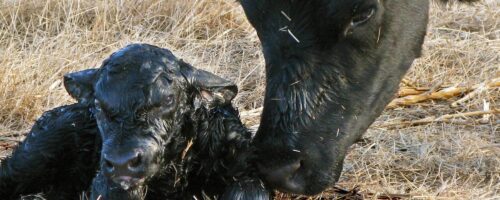Tag: nutrition
Categories
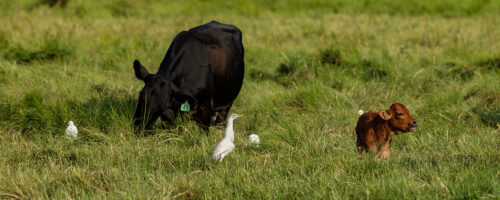
Match forage flow with livestock nutritional needs to increase ranch profitability
Estimated reading time: 7 minutes
Coordinating your calving or lambing season with peak forage availability can cut costs for feed, supplem...
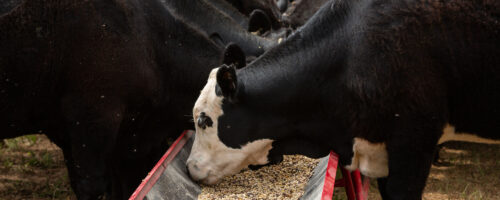
Winter Cow Supplementation: Protein and Energy Explained
Estimated reading time: 6 minutes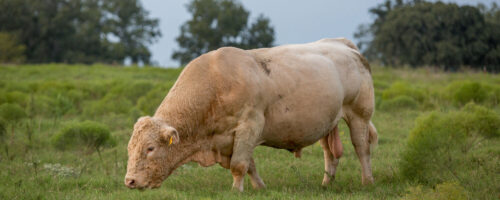
Top 6 Factors Affecting Bull Fertility
Estimated reading time: 6 minutes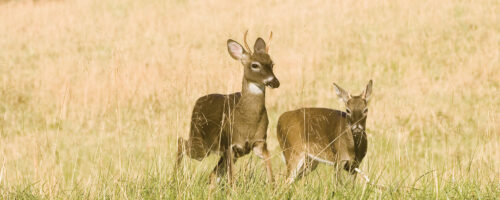
Spike buck culling seldom provides benefits
Estimated reading time: 3 minutes
Cattle nutrition rules of thumb allow quick estimation
Estimated reading time: 3 minutes